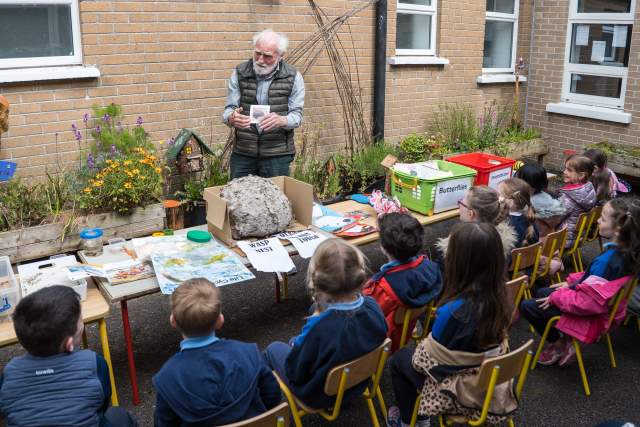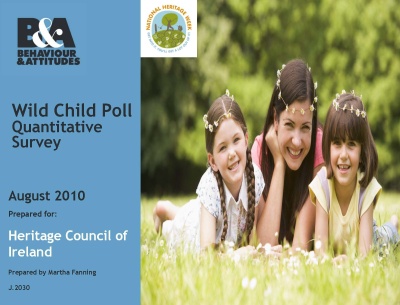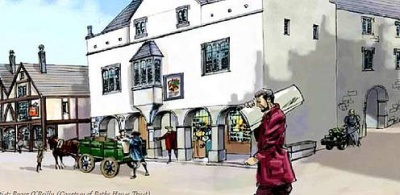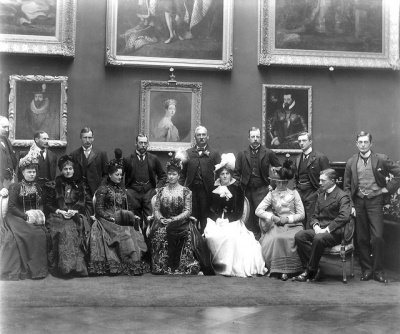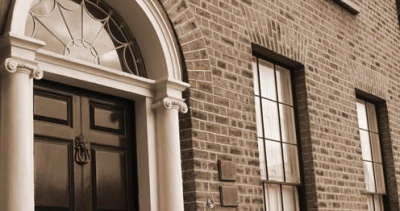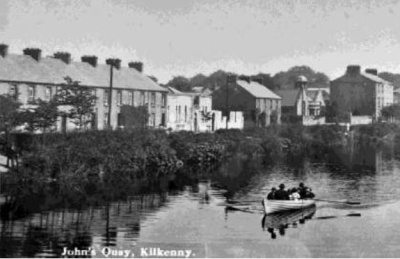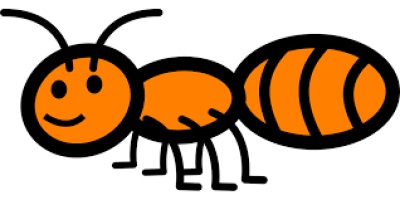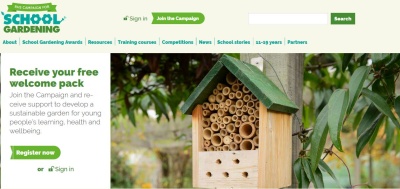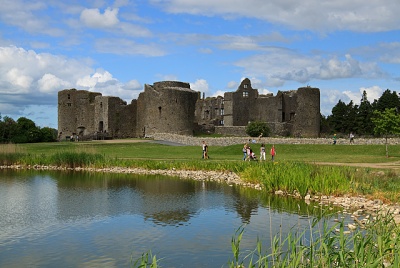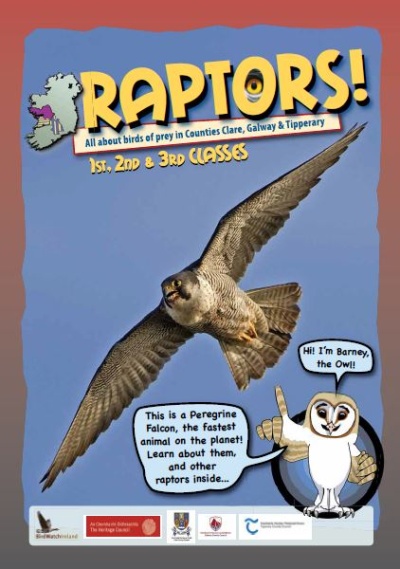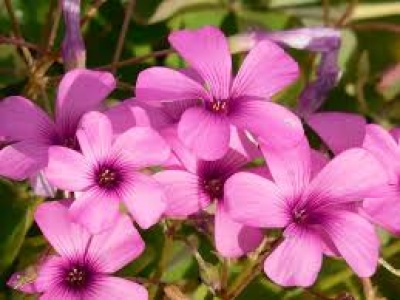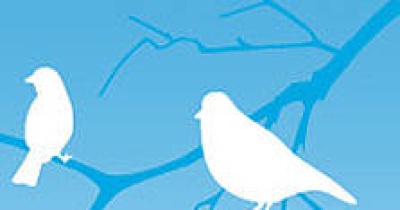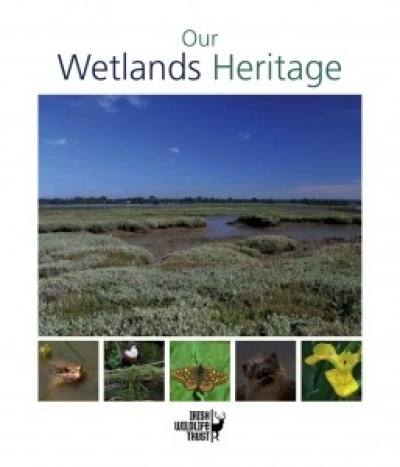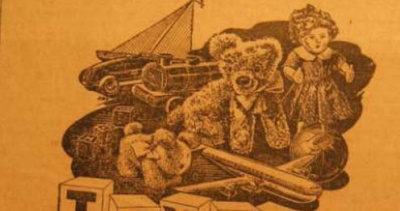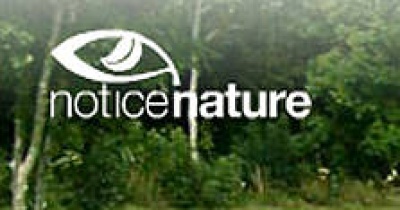Alfred's Big Adventure is all about the antics of an ant, which takes place in the great expanse of a back garden! It's a great way of engaging younger pupils with what's going on just outside their backdoor.
The Secret Diary is aimed at slightly older children and contains some funny and engaging commentaries on the changing seasons, a really lovely way to engage children with the changes taking place in nature throughout the year.
The Agony 'Ant' is great fun and highly entertaining. Children should get a real kick out of the disgruntled inhabitants of the natural world, including a very upset tree who wants advice on how to rid himself of the nesting 'squatters' on his branches!
